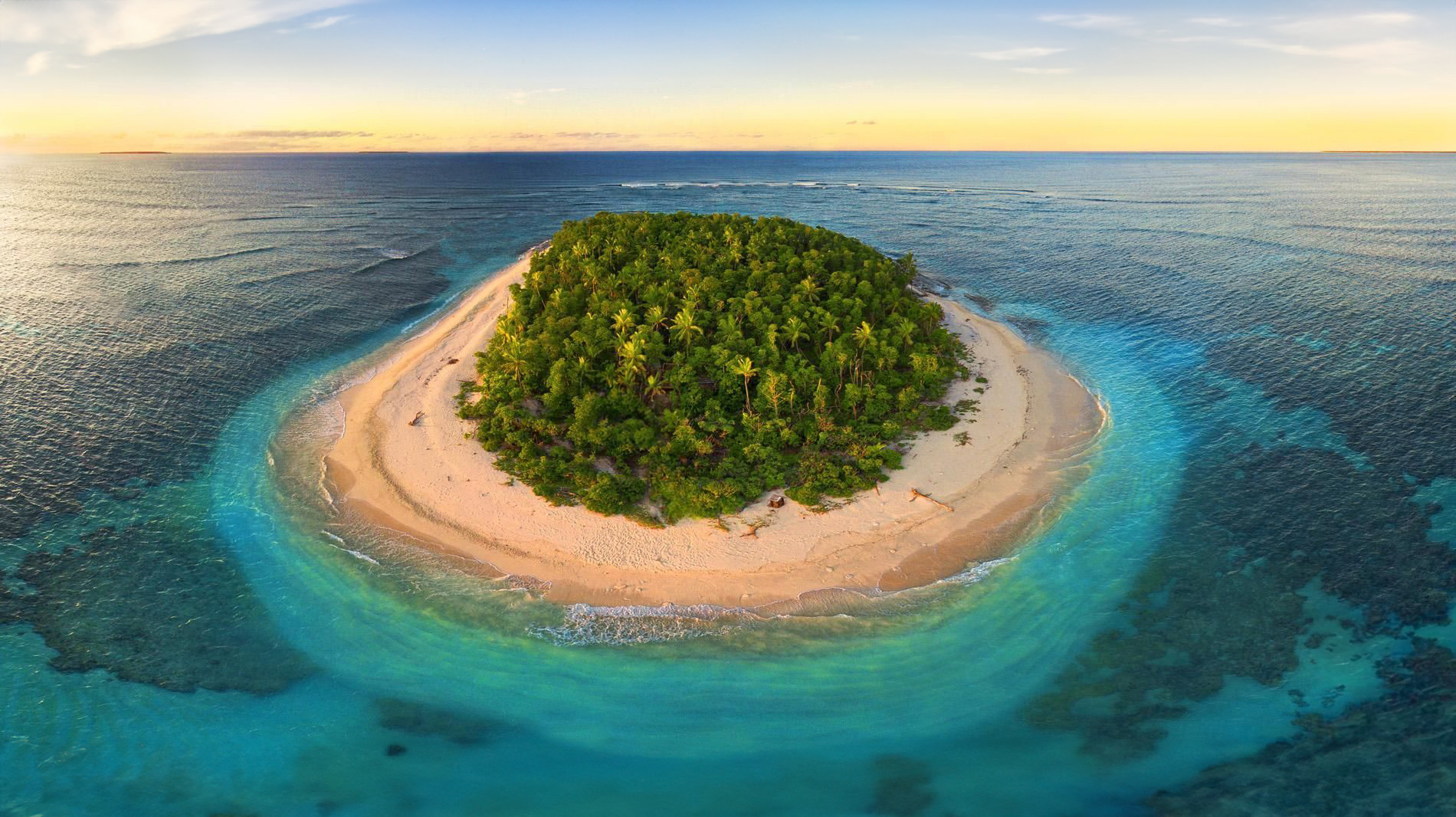Survival on a desert island — it’s a scenario that evokes intense imagery of sprawling sandy shores, coconut trees, and an eerie absence of civilization. Yet, it’s not just an anecdote confined to adventure novels or movies. More and more wanderlust-driven souls are venturing into the embrace of isolation. A paradigm shift in travel, if you will. Today, we stand on the precipice of a rising trend, where the thrill of survival and the serenity of isolation intertwine. Enter Solitaree. Merging the raw challenge of uninhabited terrains with the allure of soul-searching solitude, Solitaree brings forth an unparalleled survival experience for those daring enough to delve into the unknown.
Understanding the Hierarchy of Survival Needs on a Desert Island
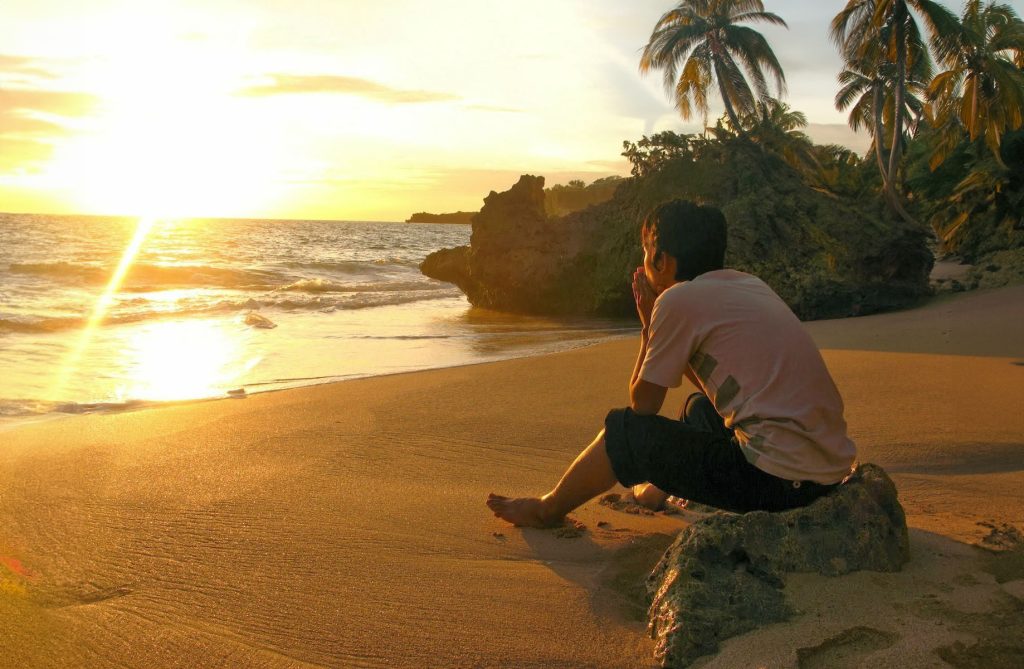
The Order of Urgency in Desert Island Survival
In the vast tapestry of survival scenarios, few compare to the intricacies of a desert island. To navigate these treacherous terrains, one must grasp the desert island survival needs hierarchy. At the top? Shelter, an immediate need to shield oneself from the scorching sun or relentless rain. Water trails closely behind, given that while one might endure without food for weeks, dehydration kicks in swiftly. Food, however crucial, usually takes a backseat in the initial days. Then, there’s fire — a multifaceted tool essential not just for warmth but signaling and protection. This order, however, isn’t etched in stone. Variables abound.
Factors Influencing Survival Prioritization
Desert island survival isn’t a one-size-fits-all playbook. Your priorities oscillate based on myriad elements. On a sun-baked island, water gains prominence, while in rainforests, shelter reigns supreme. Available resources — be it a freshwater stream or abundant firewood — might tip the scales in favor of one need over another. Climate, too, dictates decisions. In chilly climes, creating fire might overshadow other pursuits. The dance of survival, as they say, is a dynamic choreography of needs and nuances.
Shelter: The First Line of Defense
The Imperative of Shelter in Desert Island Survival
In the crucible of desert island challenges, the immediate instinct might be to quench thirst or stave off hunger. But the astute survivor understands a different priority: shelter. Why this pivot to shelter first? The relentless elements. On a desert island, the sun doesn’t merely kiss; it blazes. Rain, when it pours, isn’t a drizzle; it’s a torrent. And then there’s the wind, sometimes a gentle caress, other times a fierce adversary. But beyond these tangible threats, there’s another, perhaps more insidious one: the mind’s own tempests. In the isolating vastness of such islands, a shelter isn’t just a physical barrier — it’s a psychological fortress, a tangible anchor in a world that feels overwhelmingly vast and untamed.
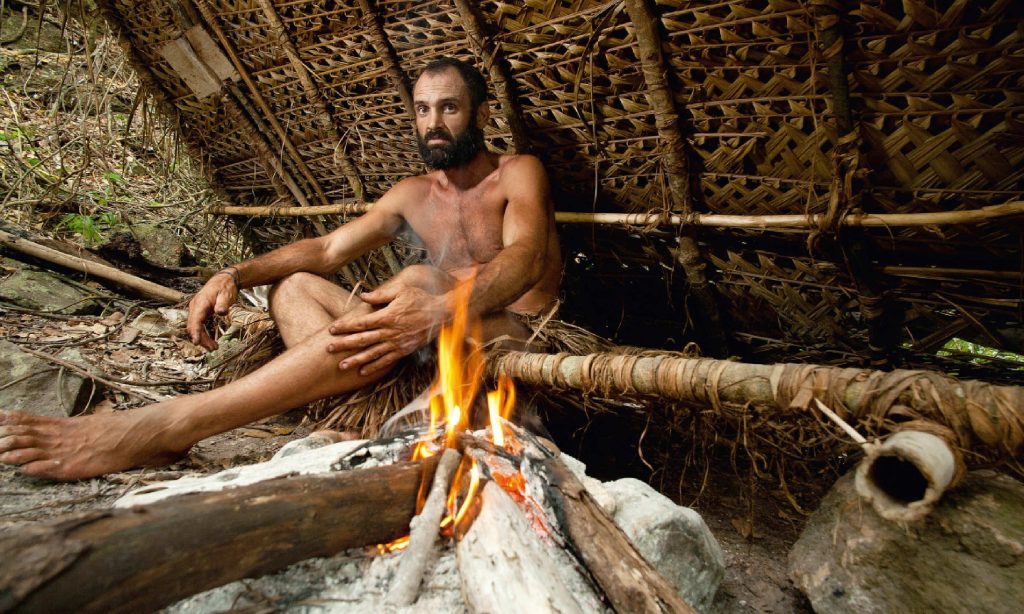
Desert Island’s Shelter Spectrum
On the subject of shelters in a desert island survival scenario, versatility is the name of the game. Some are bestowed by Mother Nature herself — caves carved by time, or protective overhangs molded by the elements. But nature’s generosity has its limits. Often, it’s up to the stranded soul to get creative. Palm leaves morph into rooftops; driftwood transforms into a protective framework. From the intricate to the rudimentary, desert islands offer a canvas ripe for architectural ingenuity.
Solitaree’s Shelter Craftsmanship
But how does one maneuver through this spectrum of shelter choices? How to discern a safe cave from a perilous one, or engineer a leafy canopy that won’t succumb to the next gust? This is where the expertise of Solitaree shines. Equipping travelers not just with tools, but the very art of shelter-making, Solitaree ensures that those who embark on their survival experiences aren’t just battling nature, but dancing with it — creating havens amidst the wild.
Water: The Essence of Life
Locating the Lifeline: Water Sources on a Desert Island
In the lore of desert island survival, water is the elixir; it’s the rhythm that sustains the dance of life amidst isolation. But where does one find this elixir? Sometimes, nature whispers her secrets through springs that gurgle beneath the surface or streams that meander through the island’s heart. At dawn, morning dew graces leaves, each droplet a liquid gem awaiting collection. Rain, though unpredictable, is nature’s generous bounty. Clever survivors often deploy large leaves or hollowed-out shells, fashioning them to capture and store this precious resource.
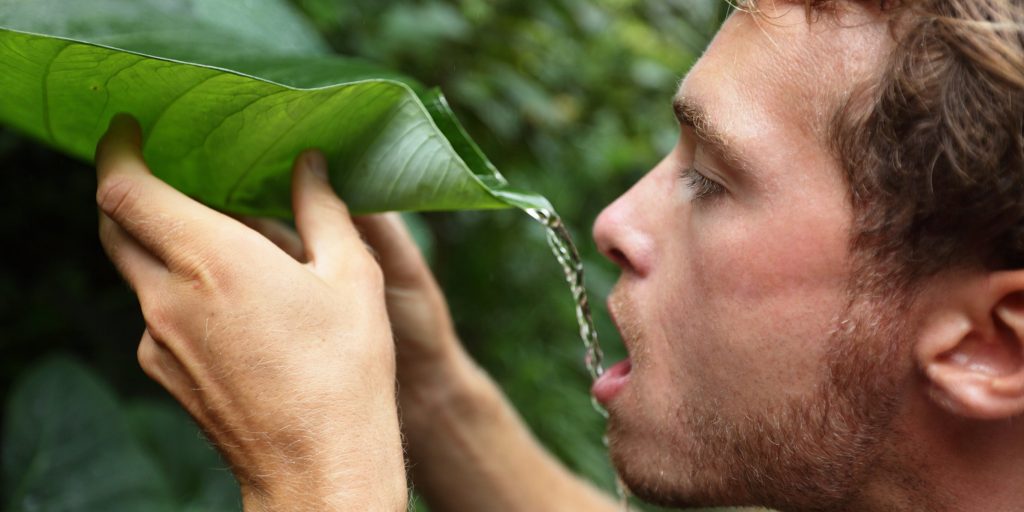
Crafting Potability: From Seawater to Freshwater
The vast ocean that circles a desert island is both a blessing and a taunt. Salt-laden and undrinkable, the sea seems to mock survival efforts. But human ingenuity, as it often does, finds a way. Simple solar stills, utilizing the sun’s scorching might, can convert briny water into refreshing drinkability. Another old-school, yet effective, method involves boiling seawater and capturing its condensation — a distilled, and thus potable, version of its former self.
Quench, but with Caution: The Hydration Balance
While the quest to procure water in an island survival scenario is paramount, so is the wisdom of its consumption. Gulping down large quantities when you strike liquid gold might be tempting, but the savvy survivor rations. Recognizing the signs of dehydration – be it the parched throat, the dizzying spells, or darkened urine – is essential. Equally crucial? Not over-consuming and depleting one’s stock too soon.
Solitaree’s Hydration Philosophy
Understanding water isn’t merely about finding or consuming it. It’s about purity, about ensuring that each sip invigorates rather than harms. Solitaree’s hermit experiences emphasize this deeply. Travelers aren’t merely thrown into the wild; they’re armed with water purification techniques. Filtering. Boiling. Distilling. With Solitaree, the desert island survival narrative pivots from mere survival to thriving, from quenching thirst to savoring purity.
Fire: Warmth, Protection, and More
Flames of Survival: The Multifaceted Role of Fire on a Desert Island
A flickering flame in the midst of a vast desert island isn’t just a source of light or warmth; it’s a beacon of hope, a symbol of human tenacity against nature’s whims. Beyond the obvious benefits – cooking the day’s catch, boiling water to ensure its potability – fire serves as the islander’s SOS, its glow potentially catching the eye of a distant ship or plane. Then there are the more subtle advantages: the comforting crackle warding off the silent chill of loneliness, or its bright light deterring curious wildlife. In the narrative of desert island survival, fire is both the protagonist and the supporting cast.
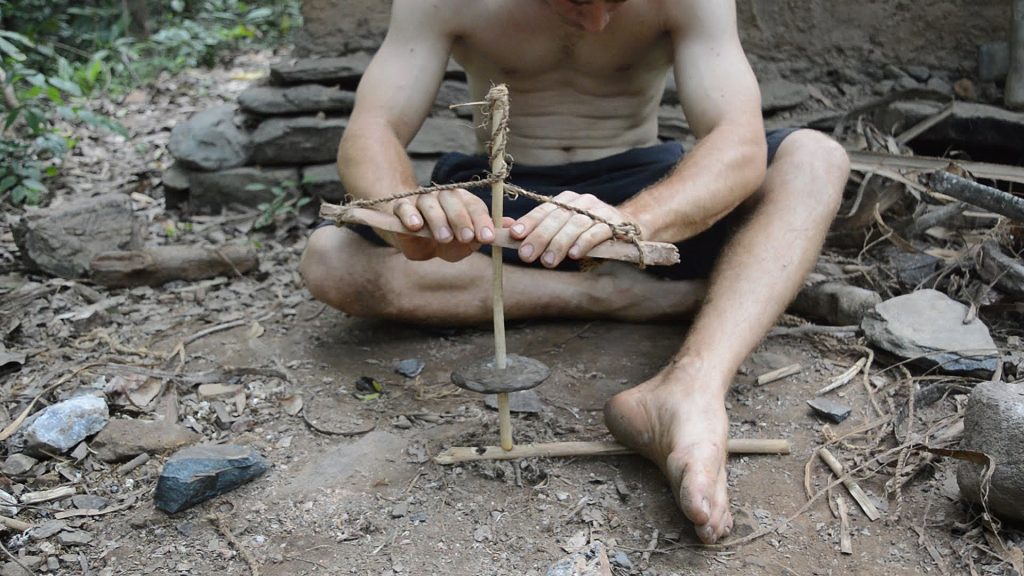
Igniting Life: Traditional and Modern Fire-starting Techniques
The ability to summon flames, especially in the damp, tricky environment of a desert island, is an art. Time-tested methods, like the fire bow or the strategic strike of flint, tap into ancient wisdom. But modernity, too, has its heroes. Waterproof matches, lighters, or magnesium fire starters can turn the tide in favor of the modern survivor. Each technique, whether rooted in tradition or contemporary convenience, plays its part in this essential desert island survival act.
Blazing Responsibly: Fire Safety and Environmental Care
But with great power comes great responsibility. An unchecked blaze can scar the island, wreaking havoc on its delicate ecosystem. Controlling fire, ensuring it doesn’t leap and claim the surrounding flora, is crucial. It’s about more than just survival; it’s about coexistence. Every spark, every ember, must be watched, managed, ensuring that while it aids the human, it doesn’t harm the island.
Solitaree’s Flame Mastery
At Solitaree, desert island survival is taught not just as a skill but as a philosophy. Travelers, during their hermit experiences, are introduced to the nuanced world of fire-making. From choosing the right tinder to understanding wind direction, from ignition techniques to fire safety, Solitaree ensures a holistic understanding. With them, fire isn’t just about warmth or food; it’s about respect, understanding, and harmony with nature.
Food: Sustaining the Body and Spirit on a Desert Island
The verdant canopy of a desert island conceals a bounty of edibles; yet, every bite is a gamble. The balance between nourishment and nature’s nefarious tricks is a tightrope walk, making the quest for food both a challenge and an adventure.
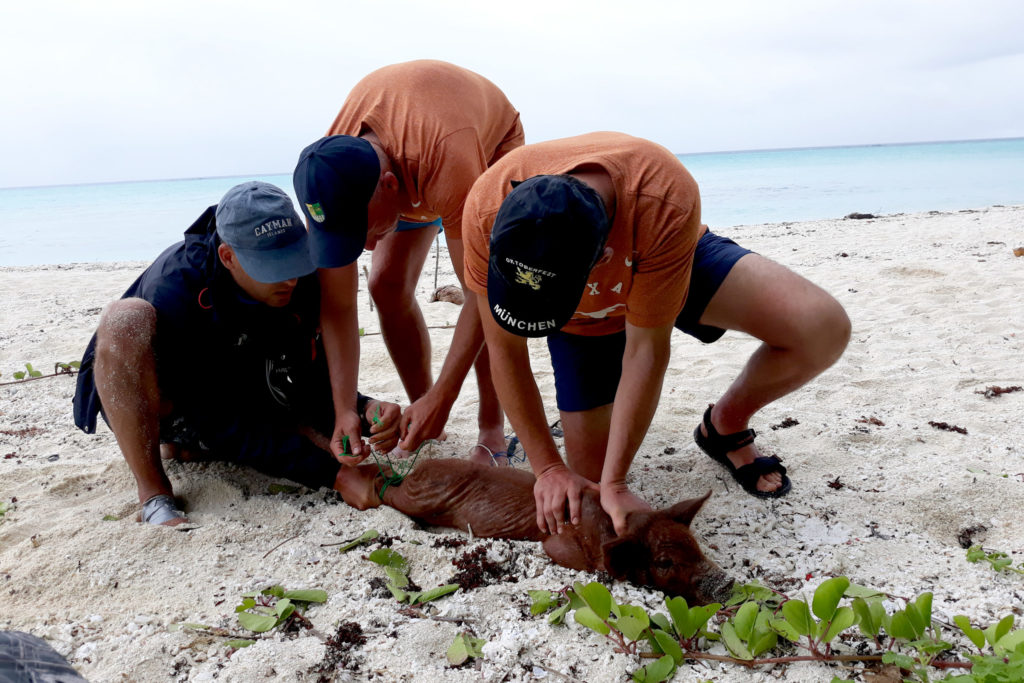
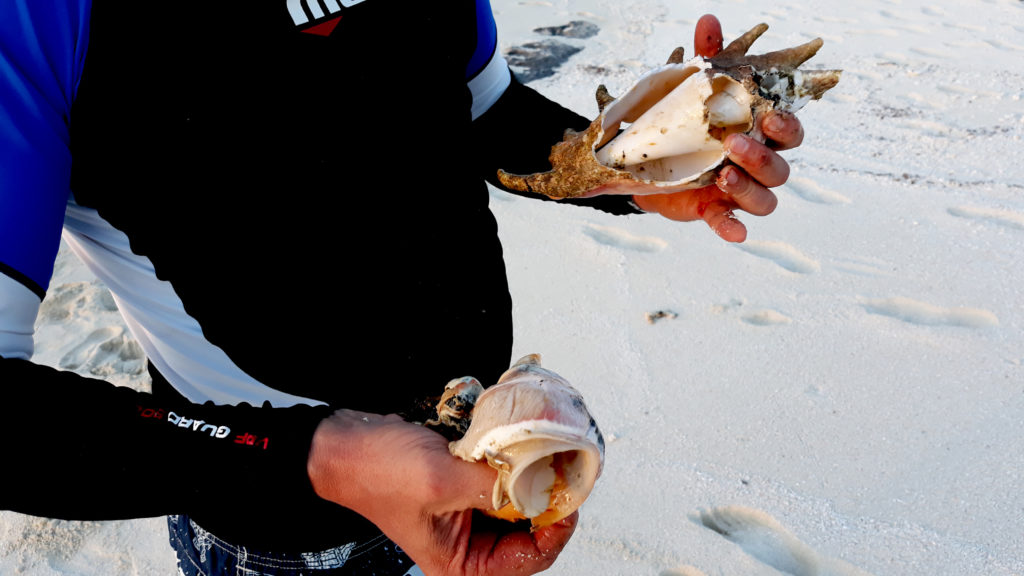
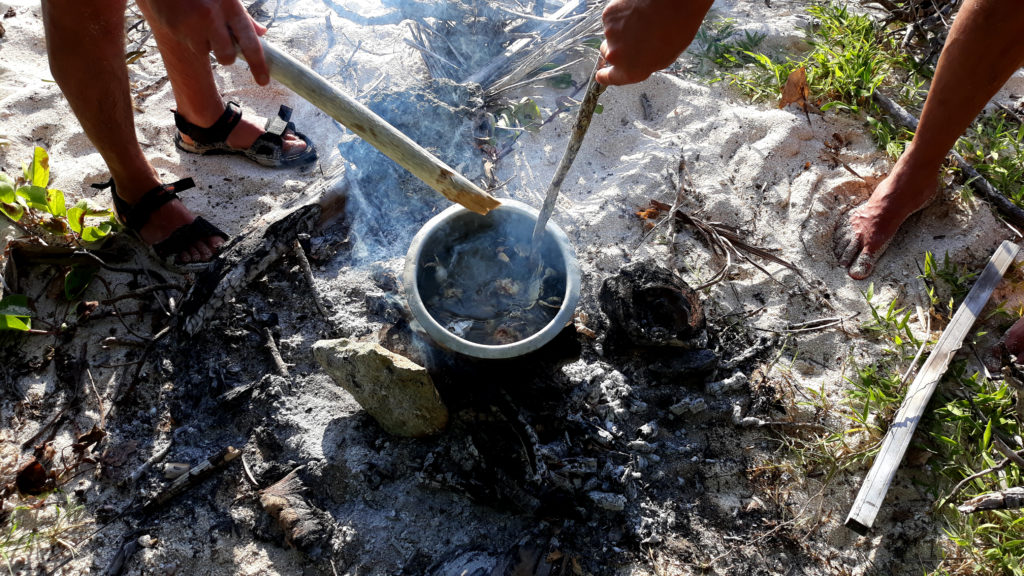
Desert Island Buffet: Foraging 101
From vibrant fruits dangling temptingly from tree branches to the hidden roots that promise sustenance, a desert island can be surprisingly generous. Recognizing the gifts – the berries, the nuts, the leaves – is the first step to feasting safely. But beware! Among these offerings, treacherous plants lie in wait, ready to deceive with their allure. The rule is simple yet vital: Know before you chew. The hazards of the unknown can be as grave as they are many.
From Ocean’s Depths to Dinner Plate: The Art and Ethics of Island Fishing
The gentle lapping waves don’t just sing the song of the ocean; they narrate tales of the treasures hidden beneath. Hand fishing, an art as ancient as civilization itself, can yield a delicious catch. But for the more adventurous, crafting spears from the island’s gifts can turn the tides in favor of a grander meal. Yet, the ocean, like the island, has its own set of deceptions – the stinging embrace of a jellyfish or the camouflaged peril of certain fish. Knowing the waters is as essential as knowing the land.
Solitaree’s Pledge: Dining with Dignity
Embarking on the journey of desert island survival with Solitaree isn’t just about enduring; it’s about thriving with responsibility. Solitaree’s ethos is clear – every bite, every meal should bear the mark of sustainability. The island’s bounty is to be revered, not ravaged. Ethical foraging and hunting practices, taught meticulously during their hermit experiences, ensure that the island remains unscarred, its balance undisturbed. With Solitaree, the lesson is clear: In nature, respect is the true currency.
Awaiting Salvation: Making One’s Presence Known on a Desert Island
Being stranded is but half the tale; the other half lies in orchestrating a grand exit. On a desert island, with its vast stretches of sand and omnipresent ocean, the art of signaling becomes a lifeline to civilization, a beacon that cuts through the vast expanse of isolation.
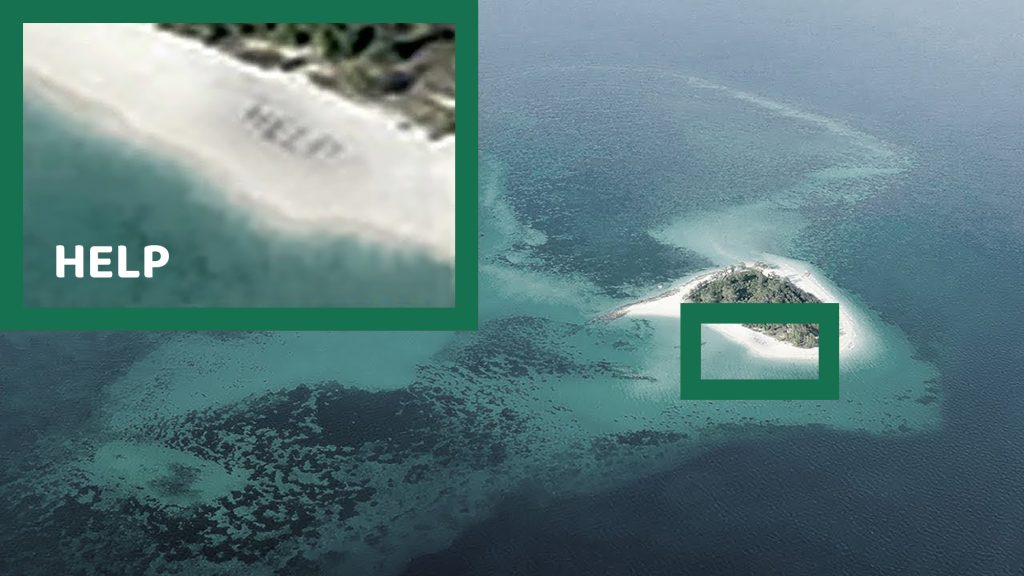
Emissaries of Hope: Time-Tested Signaling Techniques
The canvas of a desert island is vast, and every bit of it can be utilized for a dramatic SOS. Fire, the age-old harbinger of warmth and safety, can also become a smoke signal seen from miles away. In tandem with the grandeur of a fire signal, the simplicity of ground symbols carved on the vast sandy stretches or a reflective SOS bounced off a mirror speaks volumes. Even the humblest of shiny objects, under the island’s blazing sun, can metamorphose into a radiant beacon of hope.
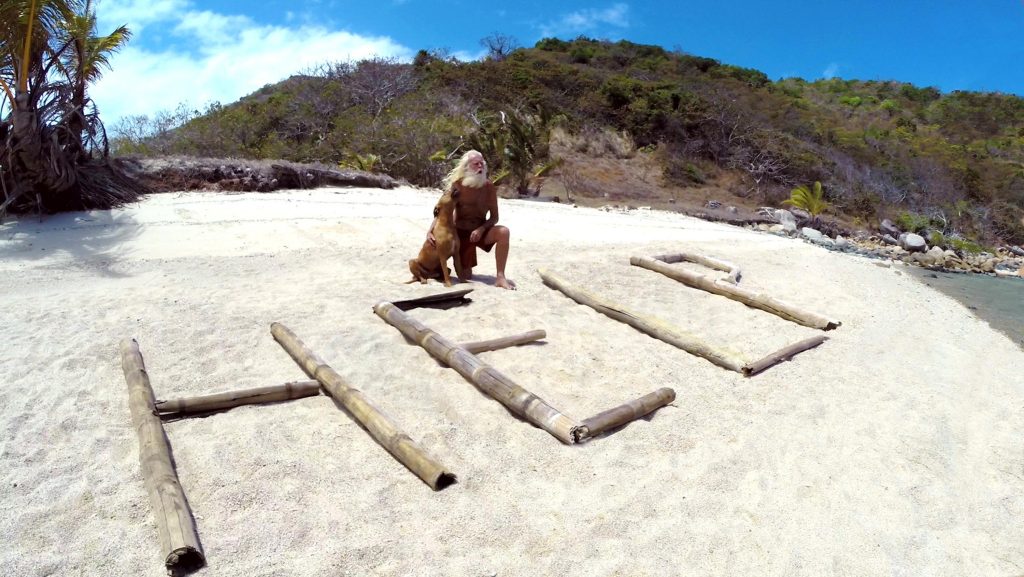
Echoes from the Past: The Morse Code Legacy
Speaking of SOS, the rhythmic beats of Morse code have historically bridged the gaps between isolated souls and salvation. Solitaree, in their innovative embrace, tips their hat to this legacy. Integrating the Morse code within their brand’s essence isn’t just a design choice; it’s a homage to history, to the countless tales of distress and rescue. By weaving this narrative into their experiences, Solitaree not only pays tribute to survival stories of the past but equips modern-day adventurers with a sense of connection in the face of stark island survival needs.
Conclusion: Drawing Lines in the Sands of Survival
The vast, unending stretches of a desert island, with its contrasting landscapes of lush green and stark sand, provide more than just picturesque beauty. They lay down a challenge. A call. For any soul brave enough, the island is a crucible, testing resolve and resilience, demanding the prioritization of fundamental needs and invoking the primal instincts of survival.
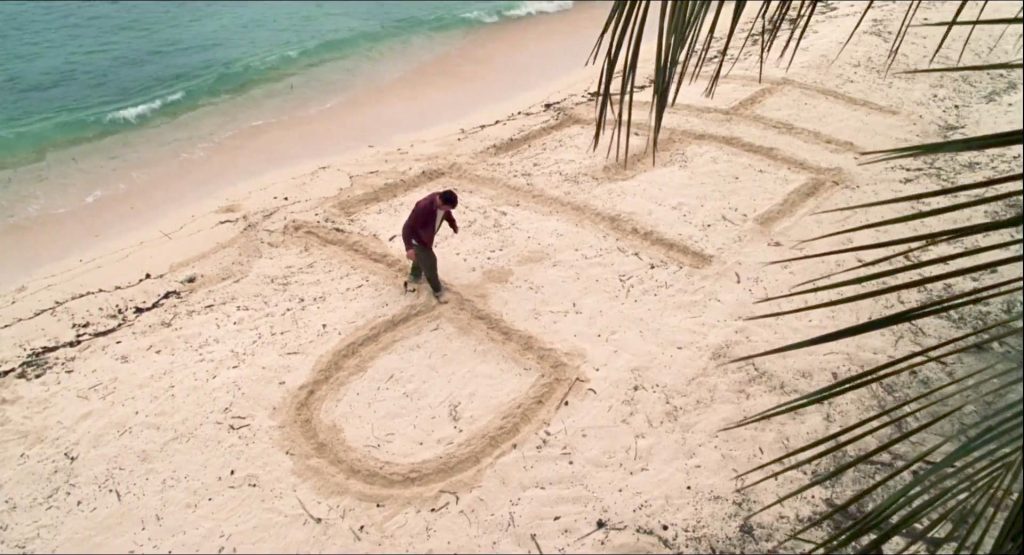
Revisiting the Desert Island Mantra
Dive deep into the annals of desert island tales, and you’ll find a recurring theme: the art of prioritizing. Each survival need, from the reassuring embrace of shelter to the life-giving drops of water, plays its part in the harmonious symphony of survival. However, the crescendo lies in truly comprehending this hierarchy, in dancing to its rhythms, and in ensuring one’s place in the larger narrative of island survival.
Step into the Unknown with Solitaree
For those with an adventurous spirit and a thirst to challenge their limits, words on a screen can only paint so much of the picture. Solitaree’s hermit experiences beckon, promising not just a lesson in survival but an immersion. It’s one thing to know, another to live. And with the expertise and guidance of Solitaree, this leap into the unknown comes with the assurance of safety amidst the genuine trials of the wild.
Unearth Your Untapped Potentials: A Call to Adventure
Hungry for more? Thirsty for an experience that’s raw, real, and redolent with the echoes of primal challenges? Solitaree beckons. Step out of the mundane, break the shackles of the ordinary, and dive deep into survival experiences that promise more than just a test of endurance. Discover your limits. Rediscover yourself. And as the waves crash on your very own desert island, find out what you’re truly made of.

